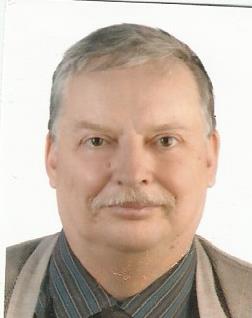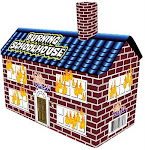Patrick McGoohan died last week.
Though largely overlooked in recent years, in many ways, McGoohan was the most impressive character to emerge in the 1960s.
It was an era of great male charisma: James Bond, John Kennedy, Elvis Presley, Martin Luther King, Jim Morrison, Bob Dylan, John Lennon, Che Guevara, Mao Zedong, and more, and more. But for charisma, none could top Patrick McGoohan. No less formidable a man than Orson Welles claimed McGoohan intimidated even him with his stage presence. The veteran actor Leo McKern attested that, after playing an especially intense scene with McGoohan, he required the immediate services of two psychiatrists.
Unsuprisingly, then, McGoohan was early offered the role of James Bond. He certainly fit the concept better than Sean Connery did—a fine amateur boxer, better looking than Connery, with a better upper-class accent. He turned it down—twice.
He turned it down as a matter of principle: he could not condone the sleazy sexual element, and he thought the Bond stories were gratuitously violent.
For Patrick McGoohan was, first and foremost, a serious Catholic.
When he finally agreed to take a role in the secret agent genre, as “Danger Man” for British TV (aka “Secret Agent”), he had two requirements written into the contract: series plots must always rely on strategy before violence was contemplated; and no kissing. “Television,” he explained, “has a moral obligation to its audience.”
By the mid-sixties, he was the best-paid actor, they say, in England. In those days, you can be sure, given the times, he could have had any woman he wanted, in any way he wanted. Yet, to his credit, he died last week still married to the woman he wed in 1951, before his fame. He was the real article.
At the height of “Danger Man”'s success, he walked away. He was bored with it; he did not want to repeat himself. He pitched instead a completely new series, which he conceived, starred in, produced, largely wrote and sometimes directed, called “The Prisoner.” This is where I came in: I became fascinated by it in reruns a few years after its initial, deliberately limited, run in 1967.
“The Prisoner” is obviously allegorical; and there is something eternal and universal about it. It is that something, to my mind, that distinguishes great art. In it, a secret agent who has resigned is trapped in a place called “The Village,” while some unknown authority tries to extract information from him.
But if “The Prisoner” is allegory, and “The Village” in which he is trapped is allegorical, what is the allegory? One one level, definitely, it is an allegory for life itself. The story is Pilgrim's Progress, the progress of a soul struggling against temptation. But if you are being literal-minded, there is really, in the end, I believe, only one coherent explanation for the Village: what it is, and where it is, in relation to the real world. “The Village” is, quite precisely, the Catholic Purgatory. Nothing else fits—in it, clearly supernatural things happen, and in the final episode, “Number One,” the shadowly figure in ultimate control of the Prisoner's fate, turns out to be the Prisoner himself.
This is correct Catholic doctrine. God does not punish—we choose our punishments ourselves.
After “The Prisoner,” McGoohan more or less retired—he only appeared on stage or screen episodically after it, though he surely must have been offered many scripts, many roles. He had enough money, and disliked fame. "I abhor the word 'star,'” he observed. “It makes the hair on the back of my neck want to curl up."
He was, in sum, a great man: a great artist, and at the same time great in a moral sense. A very rare bird.
I have often argued that the Sixties were, in their inception and essential inpiration, a revolution of cultural Catholicism against Modernism; but a revolution that was, in the end, highjacked by other forced and destroyed.
Patrick McGoohan is a model of what the Sixties ought to have been and become.
But he himself foresaw their failure, too. The prediction is explicit in “The Prisoner” that, among other things, “The Village” is a model for a new world order.
And it is just about what we have today.
Subscribe to:
Post Comments (Atom)













No comments:
Post a Comment